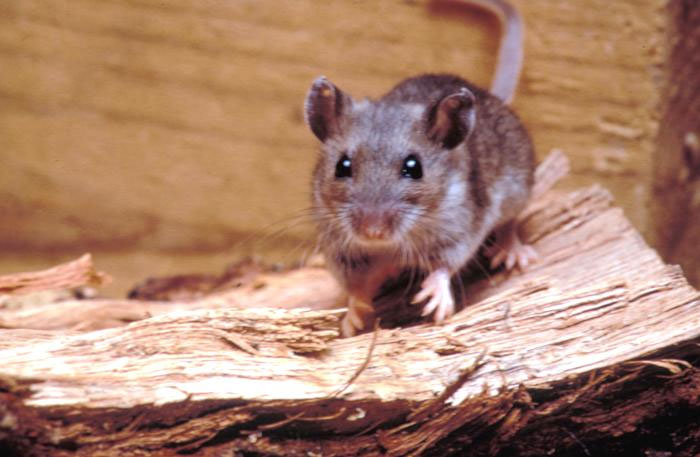Hantavirus, Plague & West Nile: Are Animal-Borne Diseases on the Rise?

A string of recent reports of people falling ill and dying of diseases that spread to people from animals might have you wondering: Are animal-borne diseases on the rise?
This summer, three people died and eight were infected with hantavirus — a disease carried by rodents — after visiting Yosemite National Park; a Colorado girl reportedly contracted the plague from flea bites she received while camping; researchers reported the cases of two Missouri men infected with a never-before-seen virus carried by ticks; and nearly 2,000 people across the United States fell ill with West Nile virus, which is carried by mosquitoes.
Experts say the number of new diseases crossing from animals to people has indeed increased in recent years, from fewer than 20 in the 1940s to about 50 in the 1980s, according to a 2008 study published in the journal Nature. Between 1990 and 2000, more than half of newly identified infectious diseases originated in wildlife, the study says.
It's possible the increase is partly due to better detection of diseases, as well as new technologies that allow researchers to better study viruses, said Tony Goldberg, a professor at the University of Wisconsin-Madison's School of Veterinary Medicine.
But there is also evidence the rise represents a true increase in the number of diseases that spread to people from animals. "The general feeling is that something is changing," Goldberg said.
Global changes, including movement of people, deforestation and climate change, may all be contributing to the more rapid emergence of animal-borne diseases in people, Goldberg said.
For instance, the ticks that carry Lyme disease prefer the type of habitats that arise when forests are fragmented, as occurs with deforestation, Goldberg said. Deforestation is sometimes done for the development of new housing complexes close to the wilderness, bringing people into contact with these ticks, he said.
Get the world’s most fascinating discoveries delivered straight to your inbox.
Global travel also allows diseases to spread quickly around the world. It's thought that West Nile virus, which arrived in New York City in 1999, came here from Europe or the Middle East, Goldberg said. The virus was first seen in Africa in the 1930s.
It's likely the next big infectious disease that will pose a threat to humans will come from animals, Goldberg said.
"That’s what almost everybody will put their money on," he said.
About three-quarters of all known human infectious diseases cross directly from animals to humans (like West Nile virus), or came from animals in the recent past (such as HIV), Goldberg said.
Avoiding risky interactions between animals and people, and educating people about ways to avoid exposure to animal-borne diseases, may help reduce the risk of new infectious diseases, Goldberg said.
Vaccinating people and animals to eradicate diseases in certain areas may also help, but such vaccination programs tend to be costly, he said.
Pass it on: The number of new diseases crossing from animals to people has indeed increased in recent years, experts say.
This story was provided by MyHealthNewsDaily, a sister site to LiveScience. Follow Rachael Rettner on Twitter @RachaelRettner, or MyHealthNewsDaily @MyHealth_MHND. We're also on Facebook & Google+.

Rachael is a Live Science contributor, and was a former channel editor and senior writer for Live Science between 2010 and 2022. She has a master's degree in journalism from New York University's Science, Health and Environmental Reporting Program. She also holds a B.S. in molecular biology and an M.S. in biology from the University of California, San Diego. Her work has appeared in Scienceline, The Washington Post and Scientific American.


